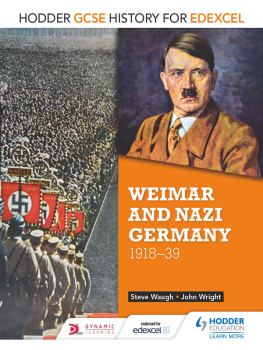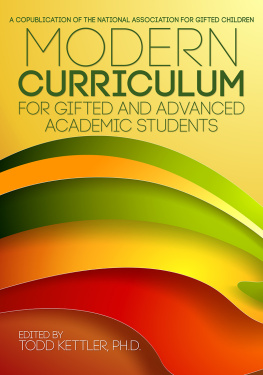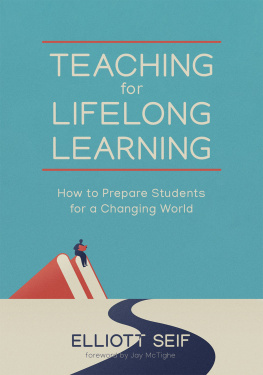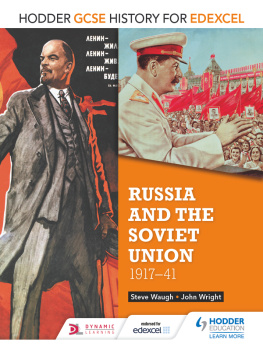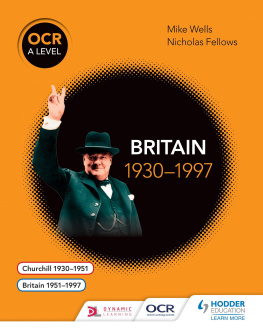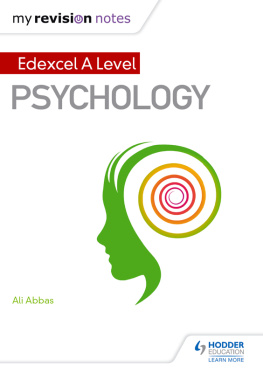Acknowledgements
Photo credits
The Publishers would like to thank the following for permission to reproduce copyright material.
Pages 6 & 17 (left) World History Archive/TopFoto; p.7 Hulton Archive/Getty Images; p.8 Scherl/Sddeutsche Zeitung Photo; p.14 Stapleton Historical Collection/HIP/TopFoto; p.15 ullstein bild via Getty Images; p.17 (right) ullstein bild/TopFoto; p.20 IMAGNO/Austrian Archives/TopFoto; p.22 Imagno/Getty Images; p.25 Scherl/Sddeutsche Zeitung Photo; p.26 Estate of George Grosz, Princeton, NJ/ DACS, 2015/Nationalegalerie, SMB/Jrg P.Anders/bpk; p.28 Scherl/Sddeutsche Zeitung Photo; p.29 Hulton Archive/Getty Images; p.30 Friedrich/Interfoto/akg-images; p.33 Heinrich Hoffmann/ullstein bild/Getty Images; p.34 dpa dena/dpa/Corbis; p.36 Scherl/Sddeutsche Zeitung Photo; p.40 Walter Ballhause/akg-images; p.41 ullsteinbild/TopFoto; p.42 (left) ullsteinbild/TopFoto, (right) Walter Frentz/ullstein bild; p.44 (left) R.Feltz/TopFoto, (right) Randall Bytwerk (http://research.calvin.edu/german-propaganda-archive); p.45 (top) Universal History Archive/Getty Images, (bottom) The Heartfield Community of Heirs/VG Bild-Kunst, Bonn and DACS, London 2015/akg-images; p.46 (top) Scherl/Sddeutsche Zeitung Photo, (bottom) INTERFOTO/Alamy Stock Photo; p.47 Hulton Archive/Getty Images; p.48 The Print Collector/Print Collector/Getty Images; p.49 TopFoto; p.50 (left) ullsteinbild/TopFoto, (right) Punch Limited; pp.53 & 75 (left) Topfoto; p.54 Topfoto; p.55 (left) Bettmann/Corbis, (right) Bettmann/Corbis; p.57 akg-images; p.58 Bettmann/Corbis; p.60 (top) Cartoon by David Low: They salute with both hands now. David Low/Solo Syndication. Photo courtesy of British Cartoon Archive, University of Kent, www.cartoons.ac.uk, (bottom) Strube/Express Newspapers/N&S Syndication. Photo courtesy of British Cartoon Archive, University of Kent, www.cartoons.ac.uk; p.61 (top) Hulton Archive/Getty Images, (bottom) Imagno/Getty Images; p.65 Topfoto; p.66 Corbis; p.68 akg-images/ullstein bild; p.69 bpk; p.72 (left) akg-images, (right) The Heartfield Community of Heirs/VG Bild-Kunst, Bonn and DACS, London 2015; p.73 Hugo Jaeger/Timepix/The LIFE Picture Collection/Getty Images; p.74 Mary Evans Picture Library/Alamy Stock Photo; p.75 (right) ullstein bild/Getty Images; p.76 Mary Evans Picture Library/Alamy Stock Photo; p.77 Getty Images; p.81 (top) Universal History Archive/Getty Images; (bottom) Photo courtesy of Jazzinstitut Darmstadt; p.82 bpk; p.83 Fine Art Images/HIP/TopFoto; p.85 The Granger Collection/Topfoto; p.86 The Wiener Library; p.87 akg-images; p.88 (left) Courtesy of Hoover Institution Library & Archives, Stanford University (Foto-Willinger collection, Envelope CP), (right) ullsteinbild/TopFoto; p.92 (left) akg-images, (right) ullsteinbild/TopFoto; p.93 (top) Knorr + Hirth/Sddeutsche Zeitung Photo, (bottom) akg-images; p.96 ullsteinbild/TopFoto; p.97 (top) ullstein bild/Getty Images, (bottom) akg-images; p.98 akg-images; p.99 Scherl/Sddeutsche Zeitung Photo; p.101 Keystone/Getty Images; p.102 akg-images; p.103 WEIMAR ARCHIVE/Mary Evans Picture Library; p.104 Topfoto; p.105 (left) Deutsches Historisches Museum, Berlin, (right) Photo courtesy United States Holocaust Memorial Museum; p.106 akg-images; p.107 Bildarchiv Pisarek/akg-images; p.109 World History Archive/TopFoto.
Every effort has been made to trace all copyright holders, but if any have been inadvertently overlooked, the Publishers will be pleased to make the necessary arrangements at the first opportunity.
1 The origins of the Republic, 191819
On 9 November 1918, Kaiser Wilhelm II abdicated the German throne and fled to Holland. Germany became a republic and, two days later, the Armistice was signed bringing an end to fighting in the First World War (191418). Within a few months a new republic with a new constitution was set up. This new constitution was in many respects one of the most democratic in the world with a president as the head of state. However, it also included several features which were to contribute to the instability, weakness and eventual downfall of the Weimar Republic, particularly proportional representation and Article 48 which gave powers to the president in an emergency.
1.1 The legacy of the First World War
The First World War had started in August 1914 and Europe was torn in two. Britain, France and Russia (the Allies) fought against Germany, AustriaHungary and Turkey (the Central Powers). The USA joined the Allies in April 1917. By the early autumn of 1918, the German army was being pushed back on the Western Front in France, and the British naval blockade had resulted in shortages of food for the German people. German defeat was imminent.
In early October 1918, a new government was formed in Germany led by Prince Max of Baden. It included members of the (emperor). Up to this time, the Kaiser had had control over the army and navy as well as parliament.
The Fourteen Points
These were put forward by the American president, Woodrow Wilson, in January 1918 as a basis for the peace talks at Versailles. They included the idea of self-determination, which looked to give nations the right to rule themselves, as well as the establishment of a League of Nations which would guarantee freedom and preserve future peace.
ACTIVITIES
Read the text on this page and construct a timeline to show the steps towards the elections of a Constituent Assembly in January 1919.
Why did Kaiser Wilhelm abdicate in November 1918?
Study Source A. Why do you think Germany sent civilians and an ordinary army officer to sign the Armistice?

